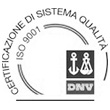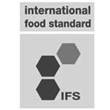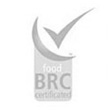Tarragon
(Artemia dracunculus)
Tarragon – Ingl., Estragon – Ted., Estragon – Fr., Dragoncillo – Sp., Эстрагон- Russ.
Tarragon belongs to the Asteraceae family and is native to central Asia, southern Russia and Siberia. It grows wild throughout the Mediterranean basin. Its leaves are long, narrow and pointed. Its flowers are grouped in a small yellowish-green cob.
The plant is cultivated in Central European countries (eg Hungary, Poland), Mediterranean and Arabian countries, and Iran, where it originally grows.
whole leaf tarragon, T / V and ground.
Food Composition
Tarragon contains minerals and vitamins A and C.
Essential oils of this aromatic plant are rich in estragole and ocimene.
There are also tannins, bitters, terpenes, flavonoids and cumaruie.
Culinary Use
Due to its delicate scent tarragon is suitable for flavoring sauces and stuffing, fish dishes, omelettes and fresh cheese. Thanks to its pleasant and intense taste it is used to replace hot spices and salt in case of food-related problems (eg hypertension). Tarragon is widely used in France to flavour vinegar.
Healing Effect
Tarragon, like chives , has digestive, antiseptic, stimulant, carminative properties.
It is one of the natural remedies that aids menstrual flow and relieves fatigue.
Tarragon infusion gives relief to insomnia and constipation.
Preservation
Tarragon dried leaves are stored in a cool, ventilated, poorly lit and dry place.





